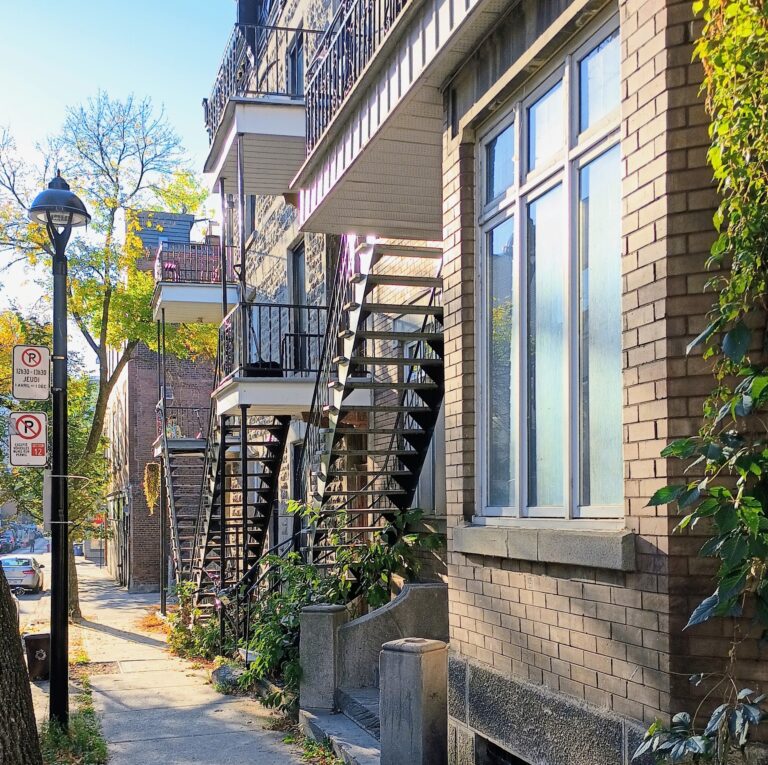Physical Address
304 North Cardinal St.
Dorchester Center, MA 02124
Physical Address
304 North Cardinal St.
Dorchester Center, MA 02124

I frequently reference my post summarizing the interesting research at last year’s Urban Economics Association conference. This year was as insight rich as ever. And the Montreal setting was truly special – it’s a city that’s as European as any…
I recently saw a tweet complaining that left-wing YIMBYs favored urban containment- a strategy of limiting suburban sprawl by prohibiting new housing at the outer edge of a metropolitan area. (Portland’s urban growth boundaries, I think, are the most widely…
A few days ago I wrote about inner Seattle’s residential density liberalization, and I mentioned that I’d emailed a few land use writers at libertarian think tanks to get their reaction. I’m happy to report that all of them responded, and throughout the week I’ll post links to/reprint their responses, along with any comments I might have. So first I’d like to direct y’all to CEI’s OpenMarkets.org where Marc Scribner responded. He essentially said that the move looks like a net benefit in terms of land use liberalization, but that Seattle’s limits on sprawling growth (as opposed to infill growth) are more serious and costly. I’m glad that he agrees with me that Seattle’s new plan will be a positive marginal change, but I’m not sure that I agree with some of the other things he says. I’m certainly not going to defend King County’s urban growth boundary – we’re opposed to them, and think that people who are concerned about sprawl could achieve better results less coercively by simply allowing more infill and stopping the subsidies for all modes of transportation. But I do wonder how Marc reached the conclusion that sprawl restrictions are more onerous than density restrictions. He points to the run-up in housing costs in Seattle over the last decade, but given that we’ve already established that Seattle has both sprawl-prohibiting and density-prohibiting regulations, I don’t see how he’s decided that the former are more significant than the latter. This is a difficult question to answer, and on some level can only be done properly by liberalizing and observing. But barring that, econometric methods can be used to make guesses as to how restrictive such regulations really are – something we’ve tried to do before with parking minimums. I do not, however, see any of those […]
This post will be the first of many of an ongoing feature at Market Urbanism entitled Urbanism Legends. (a play on the term: “Urban Legends” in case you didn’t catch that) In many public forums and in the blogosphere, I consistently encounter myths about land development and Urban Economics. These myths typically look at how policies may benefit or harm a specific person or groups of people. However, as with many popular economic misconceptions, these viewpoints fail to look at how a particular policy may affect other, less visible people. These less visible people are the ones who William Graham Sumner called “The Forgotten Man” in a famous 1883 lecture. These myths are plentiful, and I expect the feature to be stocked with myths to dispel well into the distant future. In many different contexts, I have heard people argue that liberalizing zoning restrictions will cause “over development” or high density development filled with low income people. Even in relatively low density areas, people make the sensationalist argument that if zoning restrictions were lifted, high rises would be built in their community, creating congestion and overburdening infrastructure. On the other end of the spectrum, I have even heard free-market advocates argue against Smart Growth and other urbanist concepts using several Urbanism Legends. They argue that Smart Growth goes against the market and causes density to increase in urban areas. They are correct when they refer to Urban Growth Boundaries that restrict development in outlying areas. Strangely, these market advocates rarely applaud Smart Growth proponents advocacy for loosening zoning restrictions in infill areas. They have argued that the upzoning discourages single family homes, which is the desired living arrangement for most people. And that the market should allow for more single family homes. The reality is that zoning can not create […]